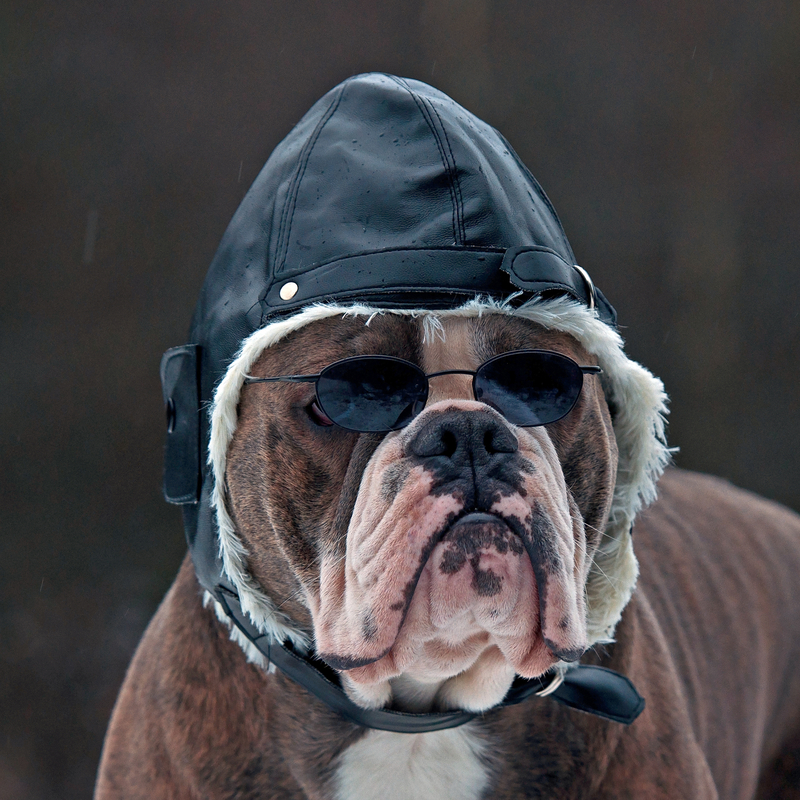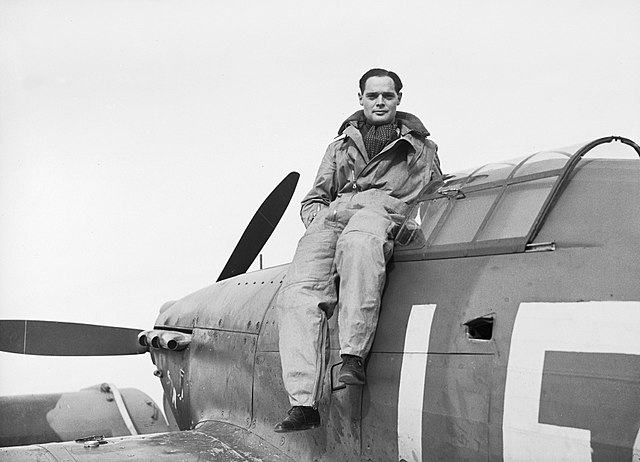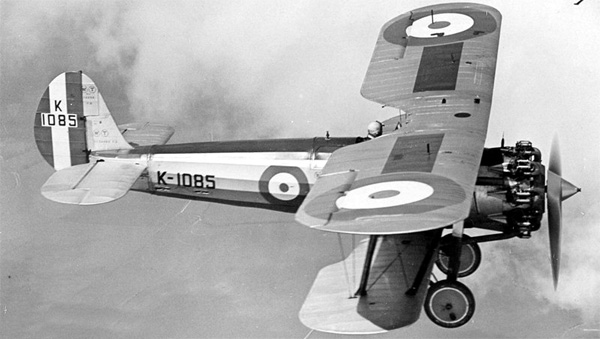
Experts say that drones will play an increasingly significant role in future military conflicts, but the culture of fighting aircraft from the past is kept alive through books and movies, many expressions from previous wars with us still. One term that came out of World War I was “flying ace,” a nickname that makes us envision a dashing hot-shot pilot darting through the skies in aerial dogfights.
It was the French who first coined the idiom, “l’as de l’aviation” (the flying ace), but not everyone could earn the moniker. The title was typically bestowed upon a fighter pilot who had shot down a certain number of enemy aircraft, usually five or more. The nickname was later picked up by the Brits, as well as the United States Army Air Service, and the concept of the “ace” came to symbolize bravery, heroism, and individual military success. Surviving flying aces achieved celebrity status during and after the war, their individual actions widely reported in new reels.
“Aces” weren’t always on “our side;” Manfred von Richthofen, known to allies and enemies as the Red Baron, was a dog-fighting legend in a time when planes were made of wood, fabric, and aluminum. The “good guys,” however, also had flying aces, and one of them was

Photo of Douglas Bader sitting on his Hurricane at Duxford during the Battle of Britain in September 1940 by Stanley Arthur Devon appears via Public Domain
Bader a raid over the French coast, his Spitfire’s fuselage, tail and fin were destroyed from enemy fire (modern research suggests that it may have been “friendly fire”), and Baden was forced to bail. He was captured by the enemy and became as famous for his
Bader had joined the Royal Air Force in 1928, and after only 11 hours and 15 minutes of flight time, he made his first solo flight in 1929. The next year, he was commissioned as a pilot officer and became a notorious daredevil who often flew illegal and dangerous stunts. Indeed, although there were orders forbidding aerobatics below 2,000 feet, Bader regarded them as “safety suggestions” rather than orders to be obeyed.
He should have listened.
While visiting the Reading Aero Club near Woodley Airfield, Bader attempted a low altitude roll (some say on a dare) when he clipped his left-wing on the ground. He lost control of the aircraft and crashed. He survived, but his injuries were so severe that surgeons amputated his legs, one above and one below the knee. In typical British understatement, Bader later wrote of the incident: “Crashed slow-rolled near ground. Bad show.”
He was fitted with prosthetic “tin” legs and soon learned to walk without a cane. Before long, he was not only driving his car, but piloting planes again, though “unofficially.” Despite having been cleared to fly by the Central Flying School, there was no provision in regulations to deal with his case, and Bader was offered a ground commission. He refused it. He resigned and went to work for a petroleum company. He got married, learned (and mastered) golf, and that would have been the end of Bader’s interesting story had WWII not broken out.
Pilots were in short supply in 1941, and to heck with regulations, Bader was needed. He reapplied to the RAF, was assigned to lead sweeps over North West Europe, and in August that same year, he was shot down. Both his artificial legs were damaged after landing via parachute, and an RAF bomber was later allowed to drop a new prosthetic leg by parachute when Adolf Galland, the German air ace Bader had engaged in the skies over the Channel a few weeks before, offered safe passage to the Brits for someone to fly over with another leg for Bader.
Still, Bader’s determined escape attempts were such an annoyance to the Germans that they threatened to have his legs taken away. When this didn’t deter him, Bader was transferred to the notorious “escape proof” Colditz castle in 1942. Bader remained there until the castle, and he, were liberated by the First United States Army in 1945.
The rest of Bader’s life is no less interesting; He campaigned vigorously for people with disabilities, was knighted, and was the subject of a terrific book, and later the movie, “Reach for the Sky.” By the time Bader took his last flight in 1979, he had recorded 5,744 hours of flying time. He died of a heart attack in 1982 at the age of 72.
By now, you are deservedly wondering what this remarkable man has to do with a purebred dog. Bader did own a Lab mix named, “Grace,” but we share his story to mention another “pugnacious fighter of the interwar years,” the “Bristol Bulldog,” the British Royal Air Force single-seat biplane fighter that Bader was flying when he crashed and lost his legs.
Designed during the 1920s by the Bristol Aeroplane Company, a total of 443 Bulldogs were produced for the RA, and it not only became one of the most famous aircraft used between the two world wars, but is described as one of the finest acrobatic planes ever built. Though it never saw combat under British hands and was used more to train pilots, The Finnish Air Force used the plane during the Russo-Finnish War from 1939 to 1940.

A Bristol Bulldog fighter/shared via public domain
